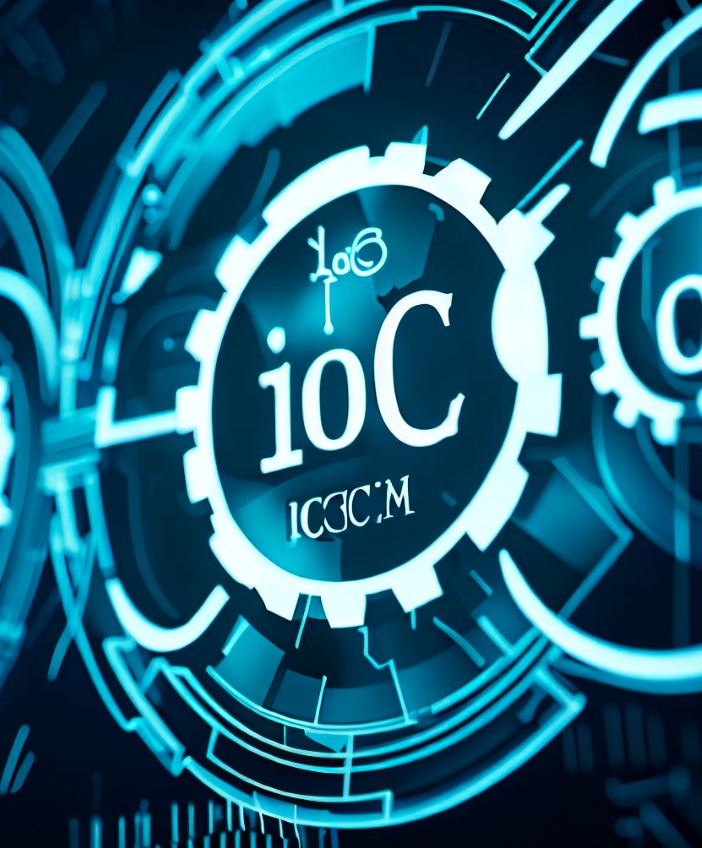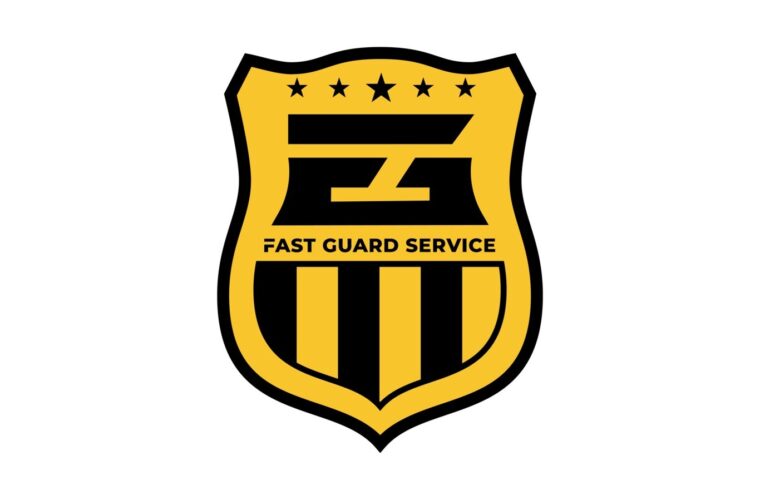IoC in computing: role and functions of indicators of compromise
When a cybercriminal attacks your company, he leaves a digital footprint. For example, your security team could detect cybercriminal activity in the system and record files after a cyber attack. At this point, the team can collect digital forensic data from these systems and files. From here, you can determine whether a cyber attack or data breach is underway or has already occurred. Experts will look for so-called “indicators of compromise” or IoC in computing to better understand what happened and prevent it from happening again in the future. With IoCs, if suspicious activity is identified, it can be isolated accordingly.
When a security incident occurs, indicators of compromise are somewhat of a proof of the data breach. The digital traces reveal the incident, the tools used to launch the attack, and where it originated. Indicators of compromise can also be used to determine the level of the cyber incident that has affected the company to secure the network from possible future attacks. Indicators are typically collected by special software, such as antivirus and anti-malware, but also by tools based on artificial intelligence, increasingly used to aggregate and organize hands during the incident response phases.
Difference between IoC in computing and IoA
An indicator of compromise is often described in the forensic world as evidence on a computer that indicates network security has been breached. Investigators usually collect this data after being notified of a suspicious incident, on a scheduled basis, or after discovering unusual calls from the network. Ideally, this information is collected to create “smarter” tools that can detect and quarantine suspicious files in the future. Which often leads to confusing IoC with IoA, the attack indicators. These focus on seeing the intent of what an attacker is trying to accomplish, regardless of the malware or exploit used. Often, an IoC-only approach cannot detect the growing threats resulting from next-generation intrusions, which can be seen by adding IoA solutions instead.

An IoA represents a series of actions an adversary must conduct to succeed. Let’s think about the most common and even most successful tactic: spear phishing. A successful phishing email must convince the victim to click on a link or open a document that will infect the machine. Once compromised, the attacker will silently execute another process, hide in memory or on disk, and maintain persistence across system reboots.
The next step is to contact a command and control instrument, informing its assistants that it awaits further instructions. IoAs are concerned with the execution of these steps, the intentions of the opponent and the results he is trying to achieve and not the specific tools he uses to achieve his objectives. By monitoring these execution points, collecting indicators, and analyzing them through a Stateful Execution Inspection engine, we can determine how an actor successfully gains access to the network and infer intent.
The fundamental role of IoCs in corporate cybersecurity
The detection phase is typically the first step in the IoC lifecycle and involves using various methods to identify potential threats or anomalies. Organizations can uncover potential IoCs in several ways, including monitoring system logs. By analyzing system logs, organizations can identify unusual or suspicious activity that could indicate a security incident. For example, failed login attempts or unauthorized users accessing sensitive data could indicate compromise. Organizations can identify unusual or unexpected traffic that could indicate a security incident by monitoring network traffic patterns. This may include a sudden increase in traffic from a specific IP address, domain, or traffic using an unusual port or protocol.
Organizations can use various types of security scanners to look for indicators of compromise, such as viruses, malware, or vulnerabilities in system configurations. Many security devices and software programs actively alert organizations upon detecting potential indicators of compromise. These alerts can help organizations respond to potential threats promptly.
Managed security vendors and cybersecurity teams need to track IoCs to accelerate their response to suspected threats. Security experts can use IoCs and dynamic malware threat analysis to identify and resolve security breaches immediately. IoC monitoring allows organizations to minimize the damage incurred during an attack. Often, experts use system compromise assessments to prepare for specific cybersecurity threats affecting an organization. This threat response approach is reactive and relies on actionable indicators of compromise to prompt response efforts. However, identifying threats early is critical to blocking major attacks like ransomware that can cripple a business: the time it takes to respond determines whether the attack is a simple nuisance or a disaster. An IoC security approach requires monitoring and investigation tools. IoCs are a reactive security asset, but they are a critical part of an organization’s overall security strategy to ensure attacks do not go unnoticed.



